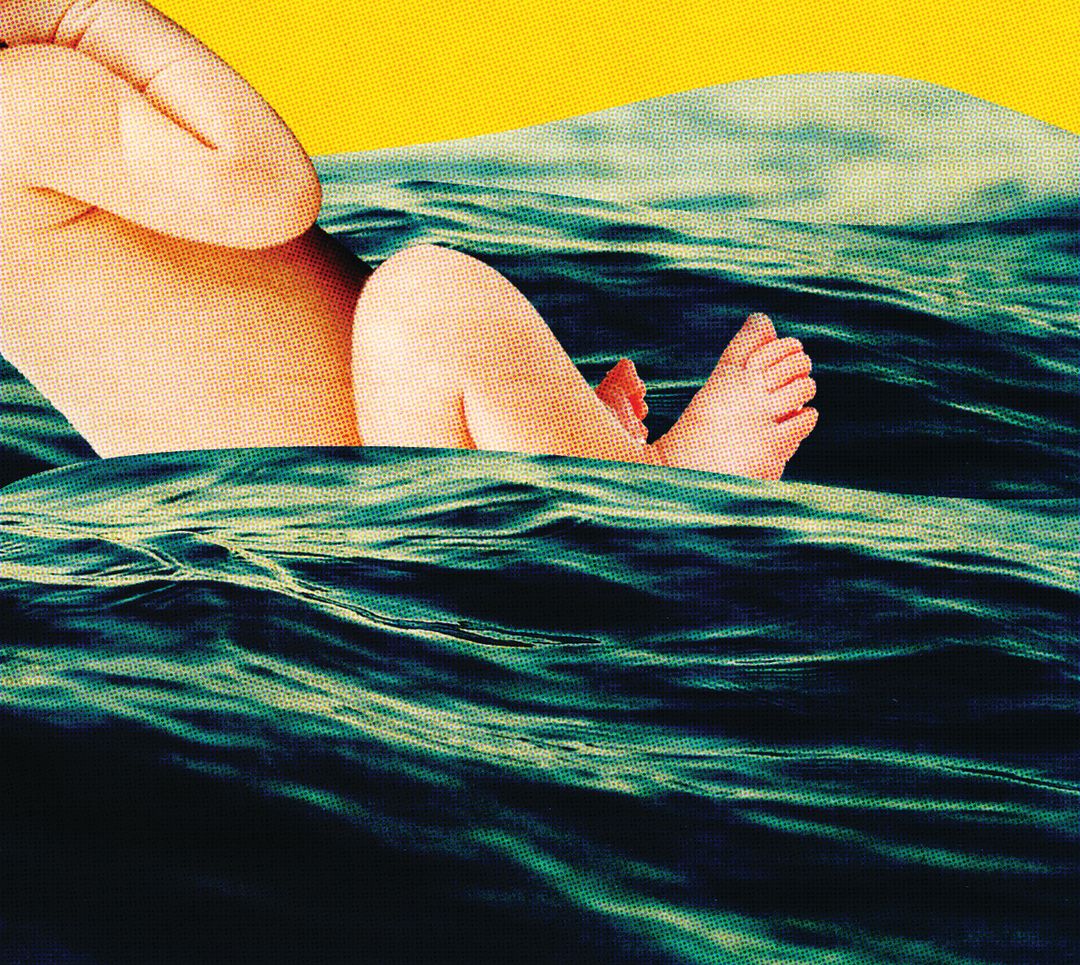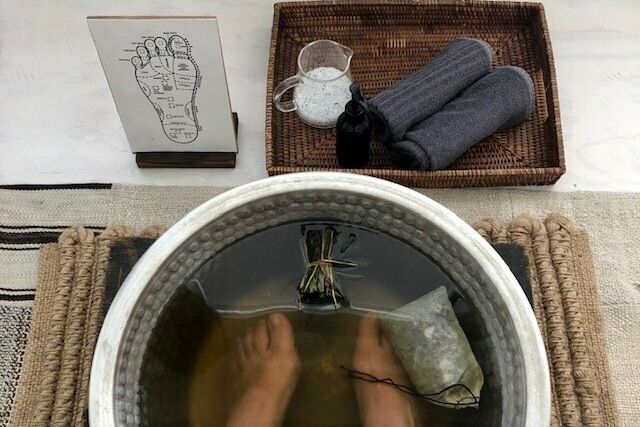It’s Official: Water Birth Carries No Added Risk

Image: Amy Martin
Jennifer Gallardo has birthed eight of her nine children in water. She considers the technique a powerful pain relief tool for mothers who want to go drug-free.
“Imagine you’re having a charley horse in your leg, then you get into hot water,” the Portland mother and owner of Andaluz Waterbirth Center says. “That pain is now just dull and manageable.”
But as recently as 2014, the American Pediatric Association and American College of Obstetrics and Gynecology advised women against giving birth in the water—despite its endorsement of laboring while immersed—calling it an experimental practice with “rare but serious adverse effects.”
That perception could be about to change. According to a groundbreaking new Oregon State University study, water birth poses no more risk to newborns than a “land” birth. In 2004, Melissa Cheney, chair of the Midwife Alliance Division of Research, began a data collection project, asking midwives nationwide to voluntarily submit information about births they attended. The online registry now has data on more than 100,000 births, including 6,534 water births. Cheney partnered with OSU to dissect a set of data from 2004 to 2009 that included 18,343 at-home and birth-center births attended by midwives in the United States. While water births were not found to be safer than land births, there was no additional risk associated with the birthing method in low-risk mothers. (Cheney notes that they also found a statistically insignificant increased risk for the mother to have a vaginal tear.)
“Up until this point there was very little data besides case studies,” she says. “We had no way of knowing how many births were happening in water.”




